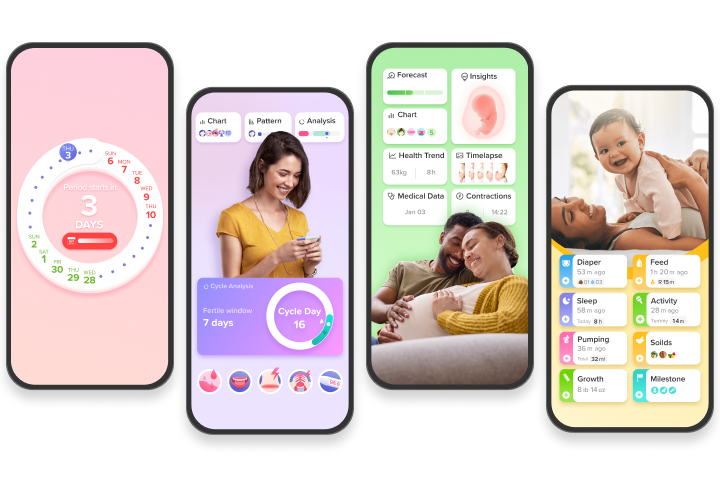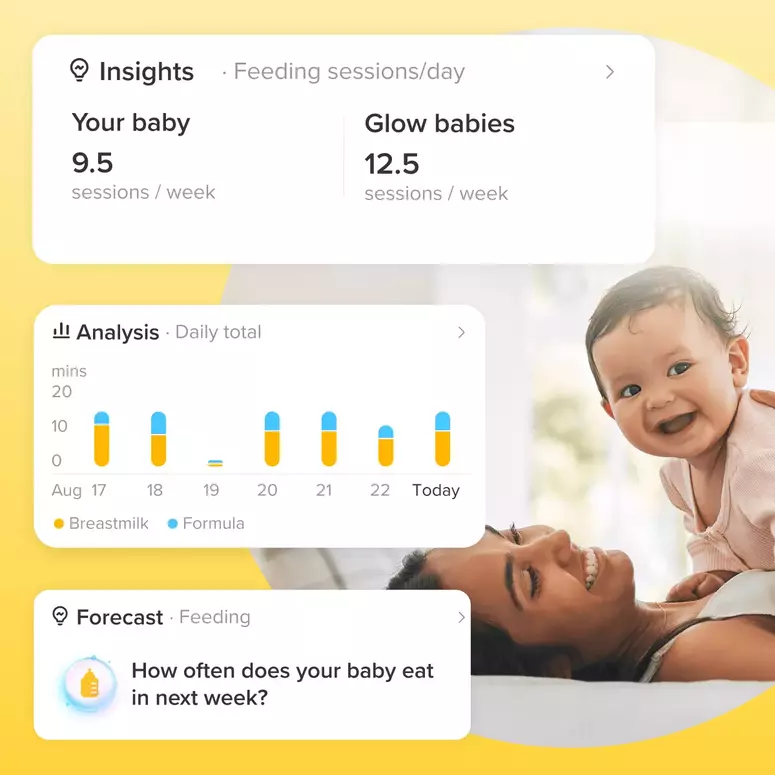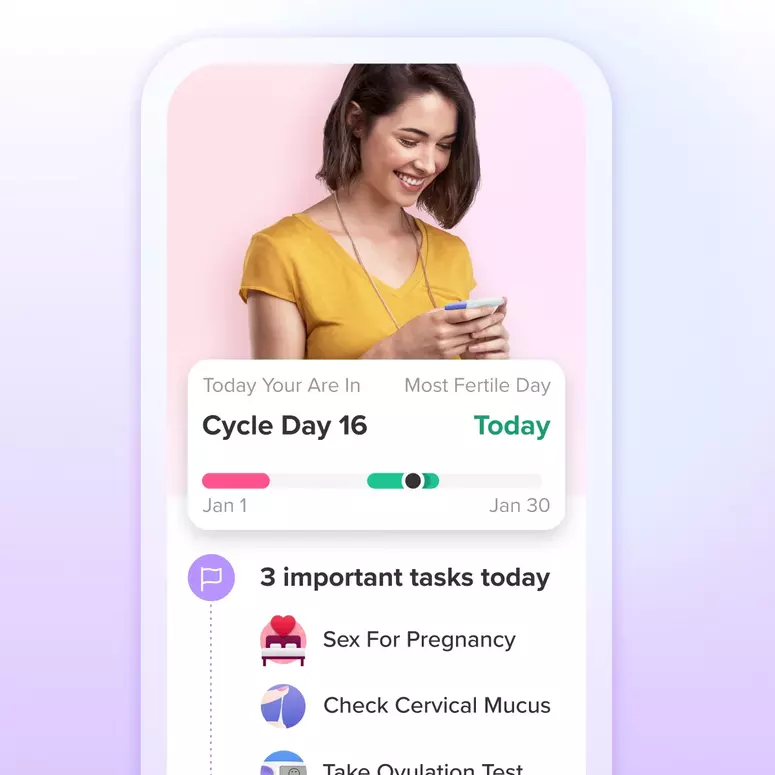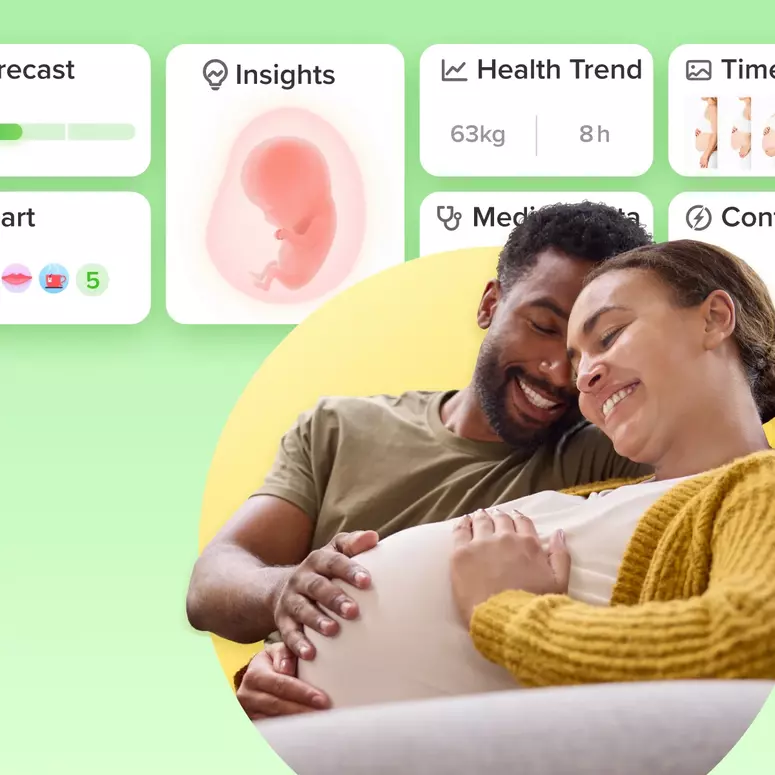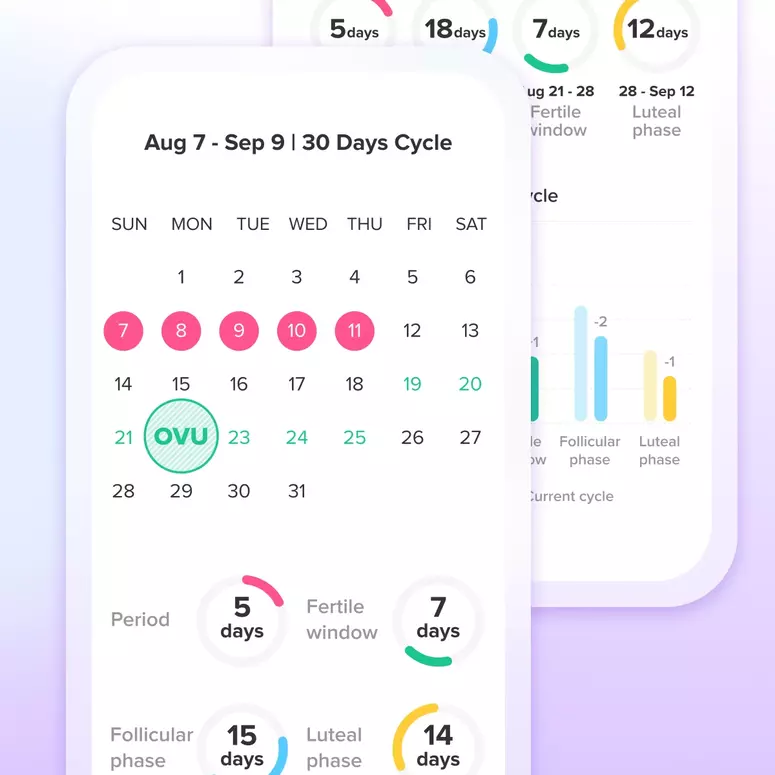Having Twins
What causes a twin pregnancy?
Having twins runs in some families. The most important factor, however, is age. Women older than 30 years are more likely to have twins than are younger women. One reason is that women in their 30s—especially those in their late 30s—often release more than one egg during a menstrual cycle.
Women who take fertility drugs or use in vitro fertilization have a greater chance of having fraternal twins. Fertility drugs can cause more than one egg to be released. During in vitro fertilization, the egg is fertilized by a sperm in a lab. A doctor then places the embryo inside the uterus. If more than one embryo is transferred, twins, triplets, or even more can result.
What causes fraternal twins?
Usually, a woman releases one egg during ovulation. Fertilization occurs when one sperm joins with one egg. Sometimes, a woman releases two eggs, both of which can be fertilized by different sperm. When this occurs, it produces fraternal twins. These twins are no more alike than siblings born at different times. These twins can be boys, girls, or one of each. Each baby has its own placenta and amniotic sac.
What causes identical twins?
Identical twins occur when one fertilized egg splits and develops into two embryos. Identical twins may share a placenta or have separate placentas, but each baby usually has its own amniotic sac. Identical twins are the same sex and have the same blood type, hair color, and eye color. They usually look very much alike.
When is a twin pregnancy usually diagnosed?
A twin pregnancy usually is diagnosed during a routine ultrasound exam performed in the first trimester of pregnancy.
Are there more complications with a twin pregnancy than with a single pregnancy?
The risk of certain complications is higher in a twin pregnancy. Complications associated with a twin pregnancy include preterm labor, preterm birth, preeclampsia, gestational diabetes, and growth problems. Some of these problems may be prevented with early detection and care.
What is the most common complication of twin pregnancy?
The most common complication is preterm labor and preterm birth. Preterm labor is labor that starts before the end of 37 weeks of pregnancy. It can result in preterm birth. More than one half of all twins are born preterm.
What problems can babies who are born preterm have?
Preterm babies often have problems breathing and eating. They often have to stay in the hospital nursery longer than usual. Very preterm babies can die or have severe mental or physical problems. Problems also can occur as the babies grow and develop.
How can preterm birth be prevented?
Preterm birth sometimes can be prevented if preterm labor is found early enough. If you have preterm labor, you may be given a corticosteroid. This drug can help the babies’ lungs mature. In some cases, a drug called a tocolytic may be given to slow down or stop your contractions.
What is preeclampsia?
Preeclampsia is a disorder that occurs only during pregnancy. It usually starts after the 20th week of pregnancy. With twins, preeclampsia can start earlier and be more severe.
Preeclampsia can lead to serious problems for both the woman and babies. The only cure for preeclampsia is delivery of the babies, which may result in preterm birth.
What growth problems are more likely in twins?
Twins are more likely to be smaller than single babies. Ultrasound often is used throughout pregnancy to check the growth of each baby.
What are discordant twins?
Twins are called discordant if one twin is much smaller than the other. Discordant twins are more likely to have problems during pregnancy and after birth. Identical twins may be discordant because of problems with the placenta or twin–twin transfusion syndrome (TTTS).
What causes twin–twin transfusion syndrome (TTTS)?
TTTS can develop when identical twins share a placenta. It occurs when the blood flow between the twins becomes unbalanced. One twin will have too little blood. The other twin will have too much blood. This condition can pose serious problems for both babies. If the condition is not treated, both babies can die.
Can TTTS be treated?
TTTS can be treated during pregnancy by withdrawing some of the extra fluid with a needle or with surgery on the placenta. Sometimes, the twins may need to be delivered early.
How common are birth defects in twin pregnancies?
Birth defects occur twice as often in twin pregnancies because each baby is at risk of having a birth defect. The risk of birth defects also increases with the mother’s age.
Achieve your health goals from period to parenting.

